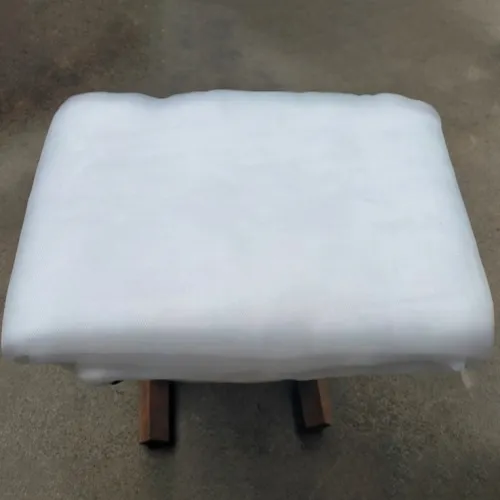Exploring the Benefits and Applications of Steel Netting in Various Industries and Projects
The Significance and Applications of Steel Netting
Steel netting, a versatile and durable material, has gained substantial prominence in various industries due to its unique properties and adaptability. Constructed from high-quality steel wires, this netting offers exceptional strength and resilience, making it an ideal choice for applications ranging from construction to agriculture and even wildlife management.
Strength and Durability
One of the primary advantages of steel netting is its unparalleled strength. Unlike plastic or nylon alternatives, which may degrade over time, steel netting is resistant to corrosion and extreme weather conditions when properly galvanized or coated. This durability ensures that it maintains its structural integrity and effectiveness for many years, reducing the need for frequent replacements and repairs. In construction, for instance, steel netting is often employed to provide safety barriers and support structures, safeguarding workers and enhancing the overall safety of construction sites.
Applications in Agriculture
In the agricultural sector, steel netting serves multiple purposes. Farmers utilize it to protect crops from various threats, such as pests and deer, which can cause significant damage. The robust design of steel netting deters wildlife while allowing air and sunlight to reach the plants, promoting healthy growth. Additionally, it can be used for supporting lightweight trellises, enabling climbing plants to thrive. The versatility of steel netting also extends to livestock management, where it can be installed as fencing to contain animals securely and efficiently.
Construction and Engineering
steel netting

In the realm of construction and engineering, steel netting is pivotal. It serves as a crucial component in the reinforcement of cement and concrete structures. Known as welded wire mesh or reinforcing steel fabric, this netting enhances the tensile strength of concrete, preventing cracks and ensuring longevity. Moreover, steel netting can be used in shotcrete applications, where it protects slopes and retaining walls from erosion and collapses, thus playing a vital role in geotechnical engineering.
Environmental and Wildlife Management
In terms of environmental and wildlife management, steel netting is utilized for various purposes, such as erosion control and wildlife exclusion projects. In coastal areas, steel netting helps prevent soil erosion by stabilizing sand dunes and shorelines. Additionally, it can be employed in the construction of structures that allow for the safe passage of wildlife, such as underpasses and crossings, thereby promoting biodiversity and reducing roadkill.
Safety and Security
Another critical application of steel netting lies in safety and security. In urban environments, it is often used in window safety bars, sports facilities, and commercial properties to deter vandalism and unauthorized access. The visibility provided by steel netting allows for security personnel to monitor premises effectively while ensuring that the area remains ventilated. Furthermore, in the mining industry, steel netting is implemented to stabilize rock faces and protect workers from falling debris.
Conclusion
The multifaceted applications of steel netting highlight its significance across a multitude of industries. With its exceptional strength, durability, and adaptability, it addresses various challenges in construction, agriculture, environmental management, and safety. As industries continue to evolve, the demand for reliable and robust materials like steel netting will likely grow, reinforcing its position as an invaluable asset in modern infrastructure and environmental stewardship. Whether serving as a protective barrier or a crucial support system, steel netting remains a cornerstone of innovation and efficiency in the contemporary world.
-
The Versatility of Stainless Steel Wire MeshNewsNov.01,2024
-
The Role and Types of Sun Shade SolutionsNewsNov.01,2024
-
Safeguard Your Space with Effective Bird Protection SolutionsNewsNov.01,2024
-
Protect Your Garden with Innovative Insect-Proof SolutionsNewsNov.01,2024
-
Innovative Solutions for Construction NeedsNewsNov.01,2024
-
Effective Bird Control Solutions for Every NeedNewsNov.01,2024












